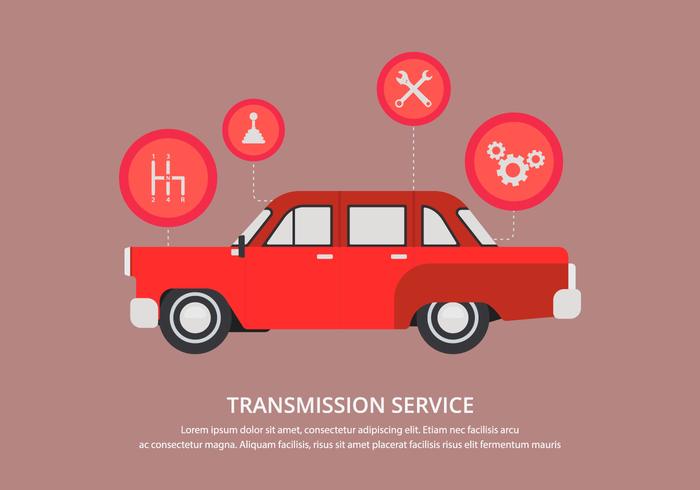Evaluating Your Car'S Warning Indicators: What They Really Communicate
Evaluating Your Car'S Warning Indicators: What They Really Communicate
Blog Article
Produced By-Higgins Forbes
When you're behind the wheel, those radiant warning lights on your dashboard can be a bit perplexing. Do you recognize what they're attempting to tell you about your automobile's health and wellness? Recognizing the value of these lights is essential for your security and the longevity of your vehicle. So, the following time among those lights pops up, would not you wish to understand its message properly and take the required actions to address it?
Common Caution Lights and Interpretations
Identify usual warning lights in your vehicle and recognize their definitions to make sure safe driving.
One of the most common warning lights consist of the check engine light, which signals issues with the engine or discharges system. If this light comes on, it's critical to have your car checked promptly.
The oil pressure alerting light indicates low oil pressure, needing prompt interest to stop engine damages.
A flashing battery light could recommend a damaged billing system, possibly leaving you stranded if not resolved.
The tire stress tracking system (TPMS) light alerts you to low tire pressure, impacting lorry security and gas efficiency. Overlooking this can lead to risky driving conditions.
The abdominal muscle light suggests an issue with the anti-lock stopping system, compromising your ability to stop swiftly in emergency situations.
Finally, the coolant temperature cautioning light warns of engine overheating, which can result in extreme damage otherwise fixed promptly.
Recognizing these common caution lights will aid you deal with issues promptly and keep safe driving problems.
Importance of Prompt Attention
Comprehending the common warning lights in your cars and truck is only the very first step; the value of without delay dealing with these cautions can not be highlighted enough to ensure your safety and security when traveling.
When a warning light illuminates on your dashboard, it's your automobile's means of interacting a potential concern that requires attention. Overlooking these cautions can cause a lot more extreme troubles down the road, endangering your security and possibly costing you extra out of commission.
Motivate attention to advising lights can prevent breakdowns and crashes. For instance, a flashing check engine light might suggest a misfire that, if left neglected, might trigger damages to the catalytic converter. Resolving this without delay can save you from a pricey repair work.
In a similar way, a brake system cautioning light could signal reduced brake liquid or worn brake pads, important components for your security when driving.
DIY Troubleshooting Tips
If you see a caution light on your control panel, there are a couple of DIY troubleshooting tips you can try before looking for expert help.
The very first step is to consult your cars and truck's handbook to comprehend what the certain warning light indicates. In some cases the concern can be as straightforward as a loose gas cap setting off the check engine light. Tightening up the gas cap might fix the issue.
An additional common problem is a low battery, which can activate different warning lights. Checking the battery connections for rust and guaranteeing they're protected might deal with the problem.
If a warning light persists, you can try resetting it by detaching the car's battery for a few mins and afterwards reconnecting it. Additionally, checking your vehicle's liquid levels, such as oil, coolant, and brake fluid, can help repair warning lights associated with these systems.
Final thought
In conclusion, recognizing your automobile's warning lights is essential for keeping your car running efficiently and safely. By promptly attending to these notifies and recognizing what they imply, you can prevent costly repair work and prospective failures.
Keep in https://www.8newsnow.com/automotive/spend-less-at-the-pump-with-these-fuel-saving-tips/ to consult your car's handbook for particular information on each warning light and do something about it accordingly to ensure a trouble-free driving experience.
Remain informed, remain read on -free when driving!
